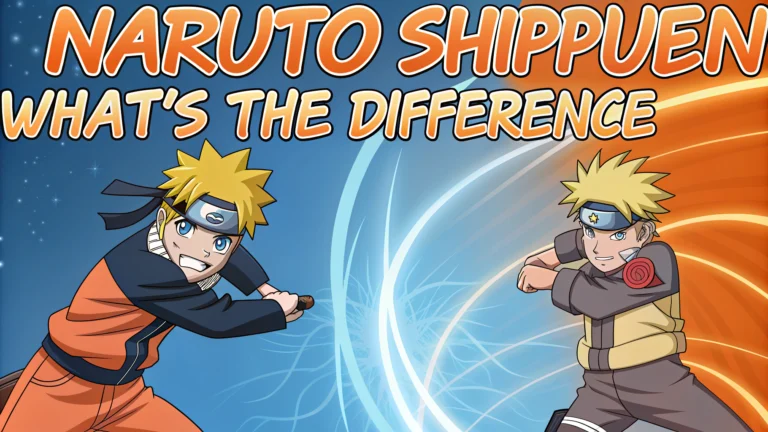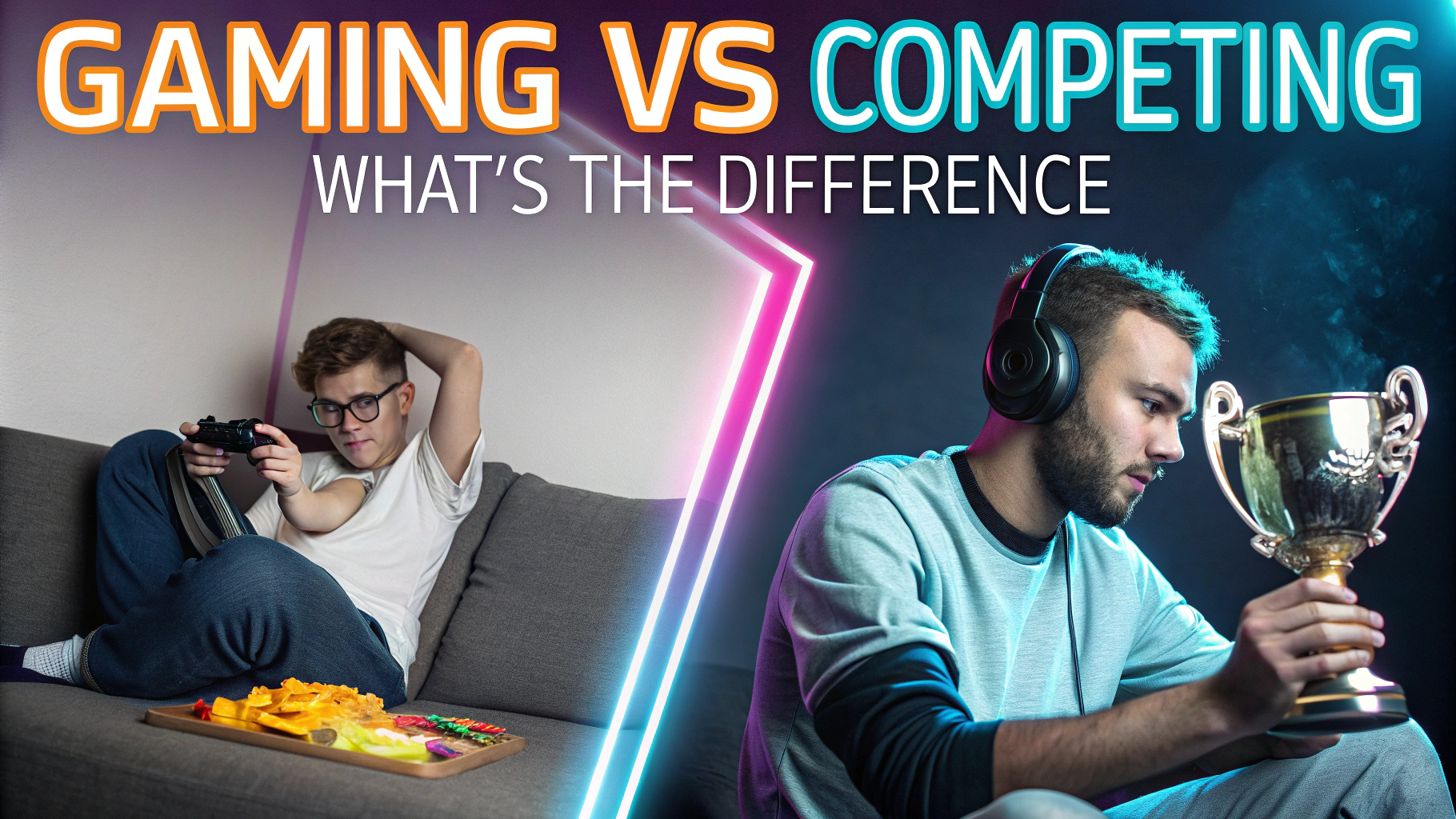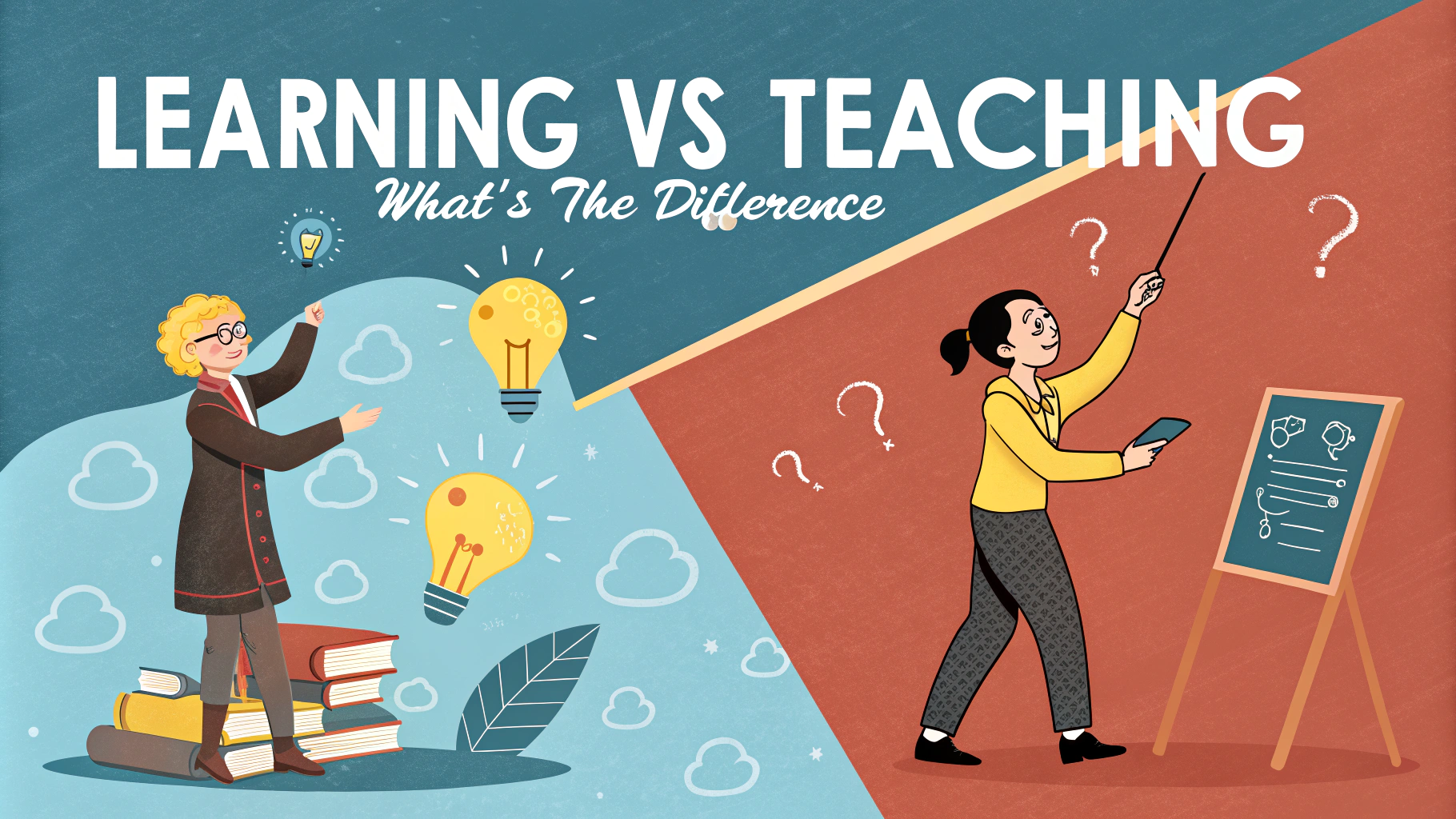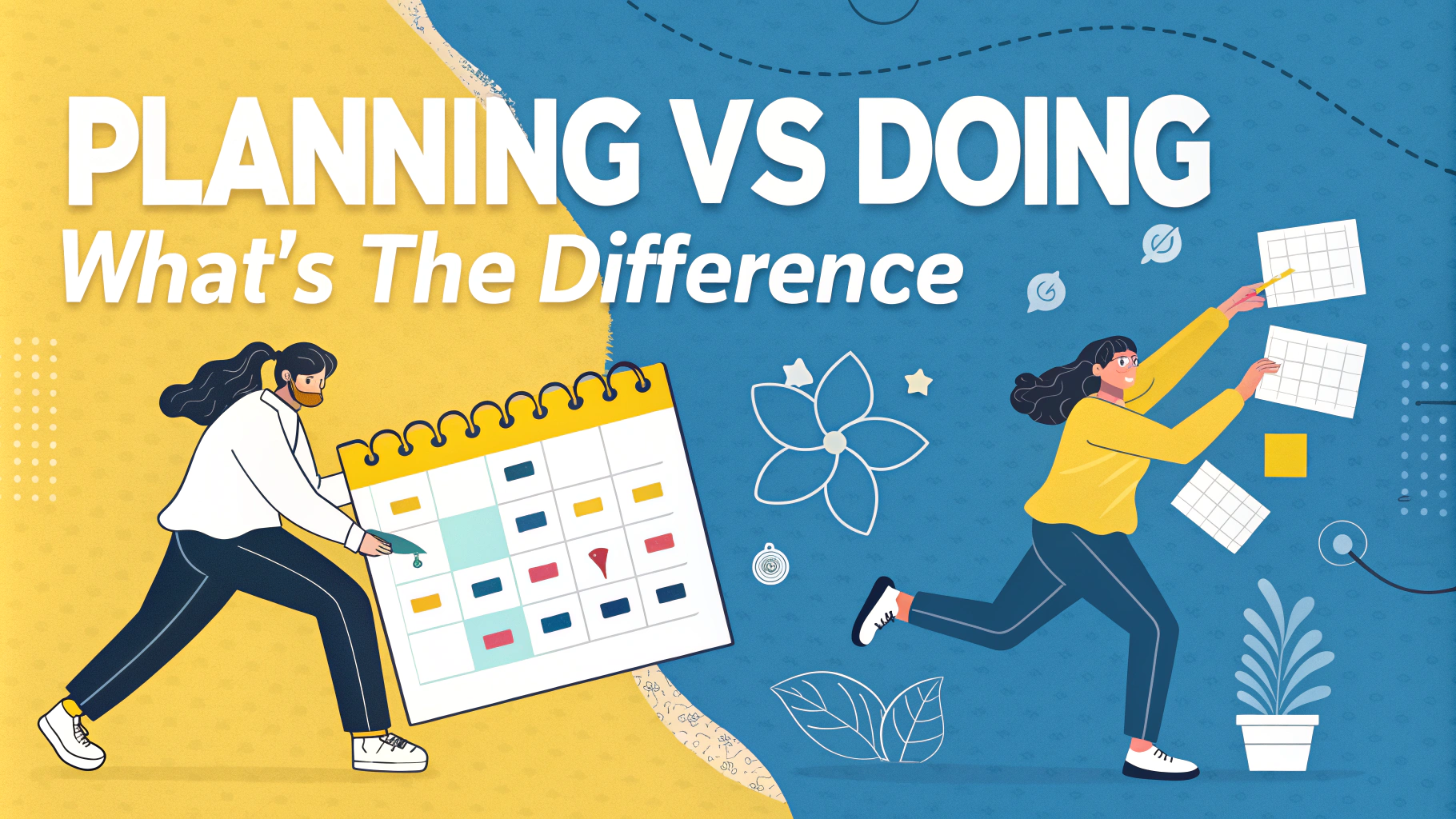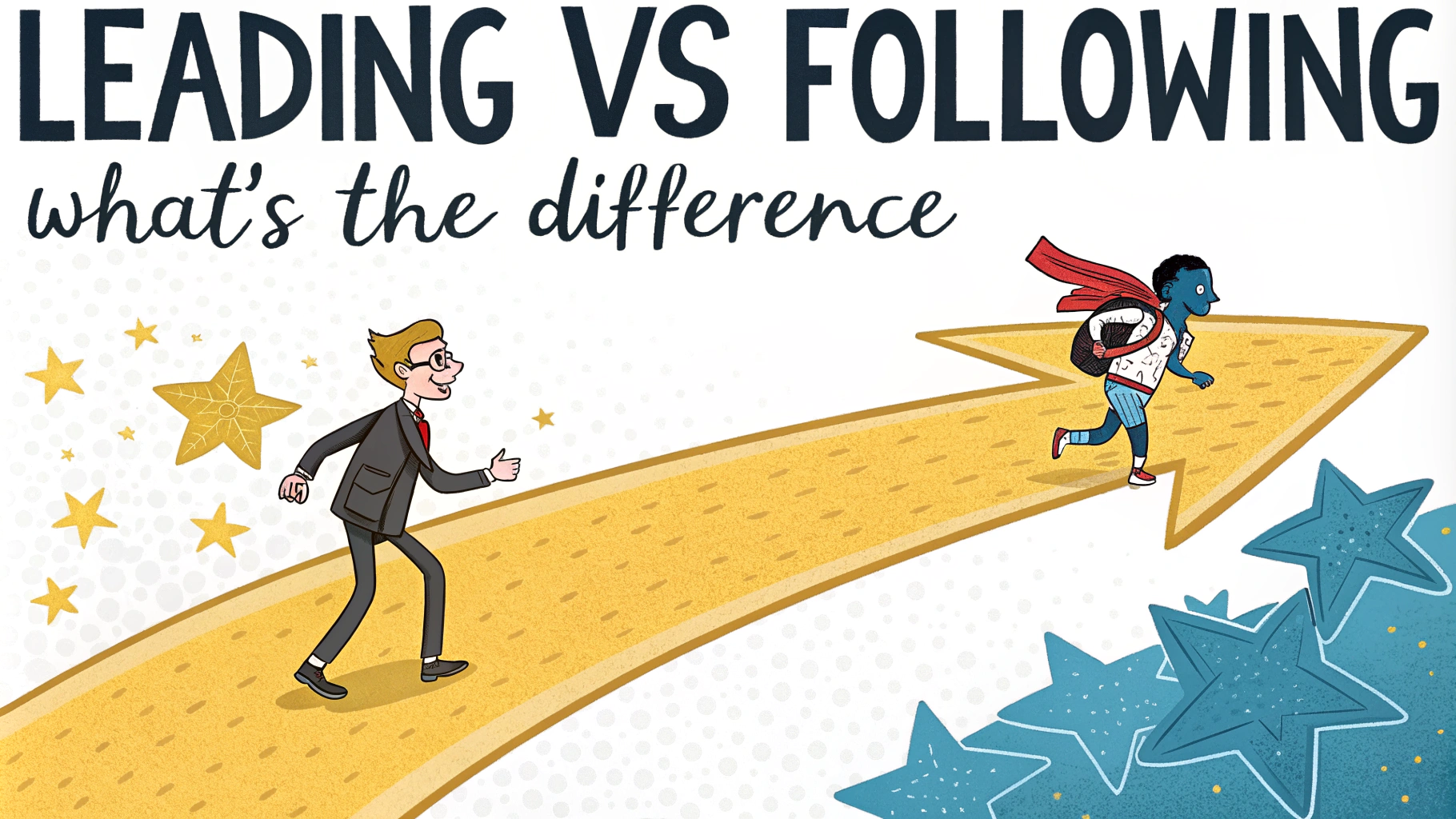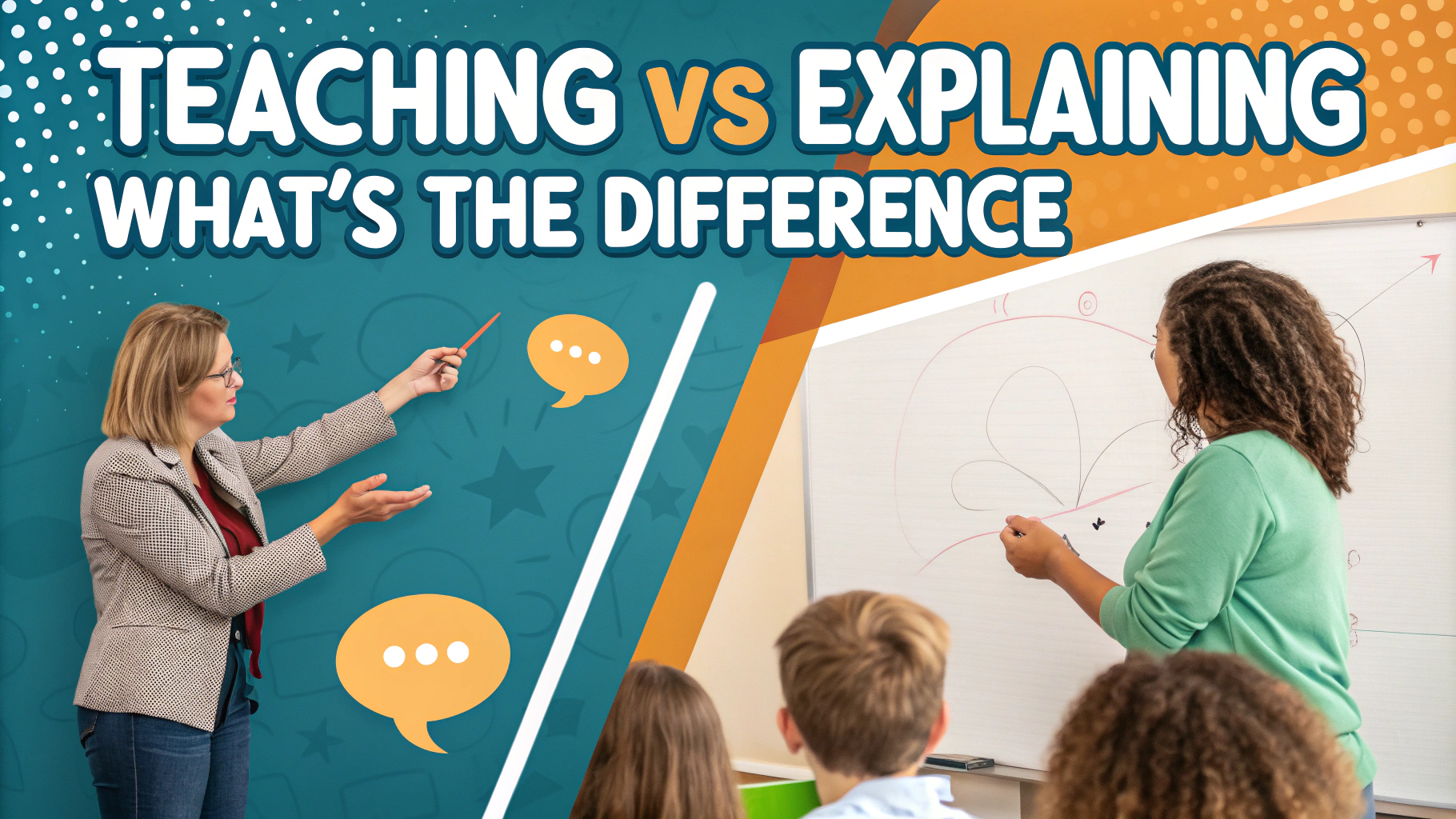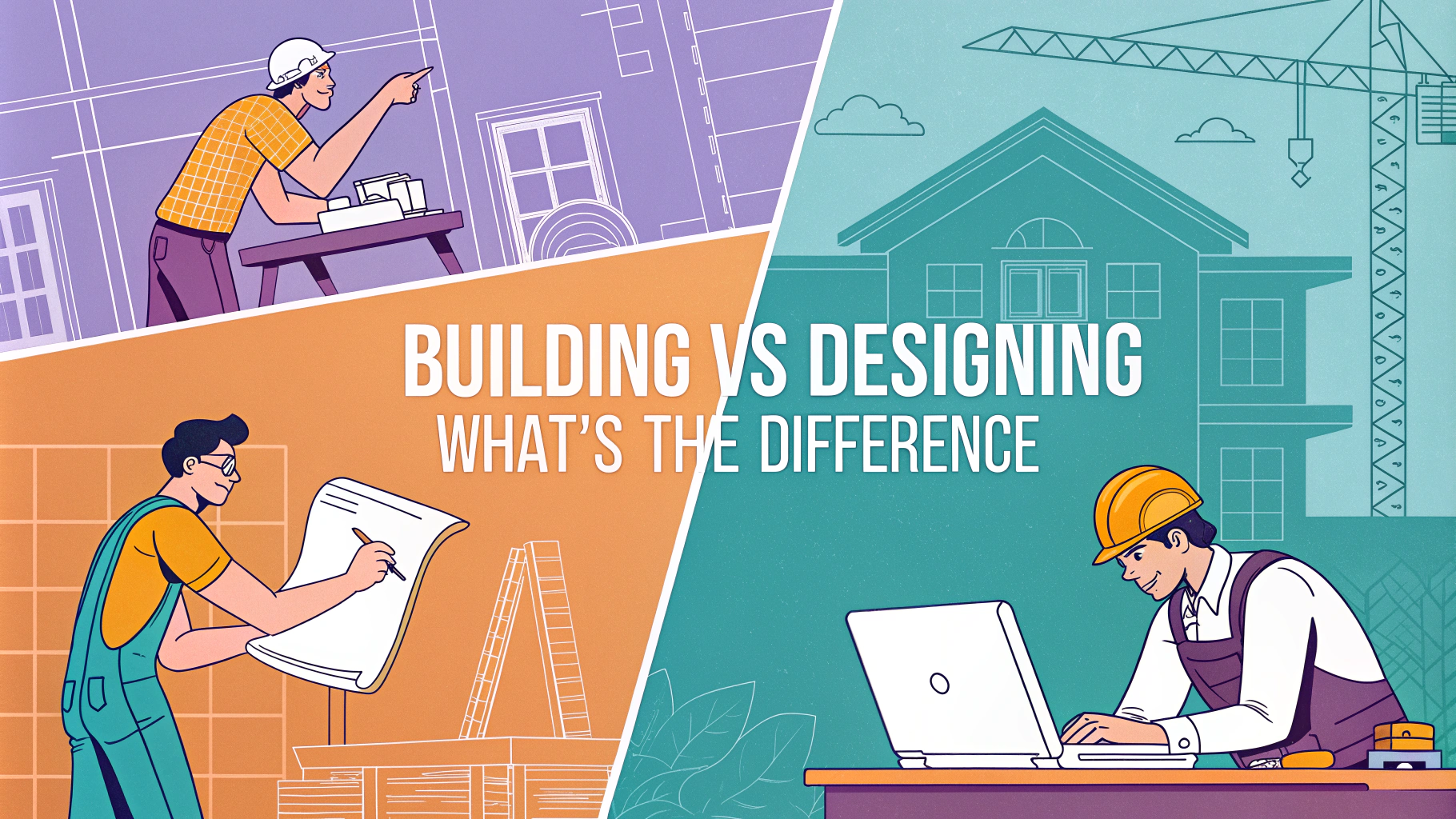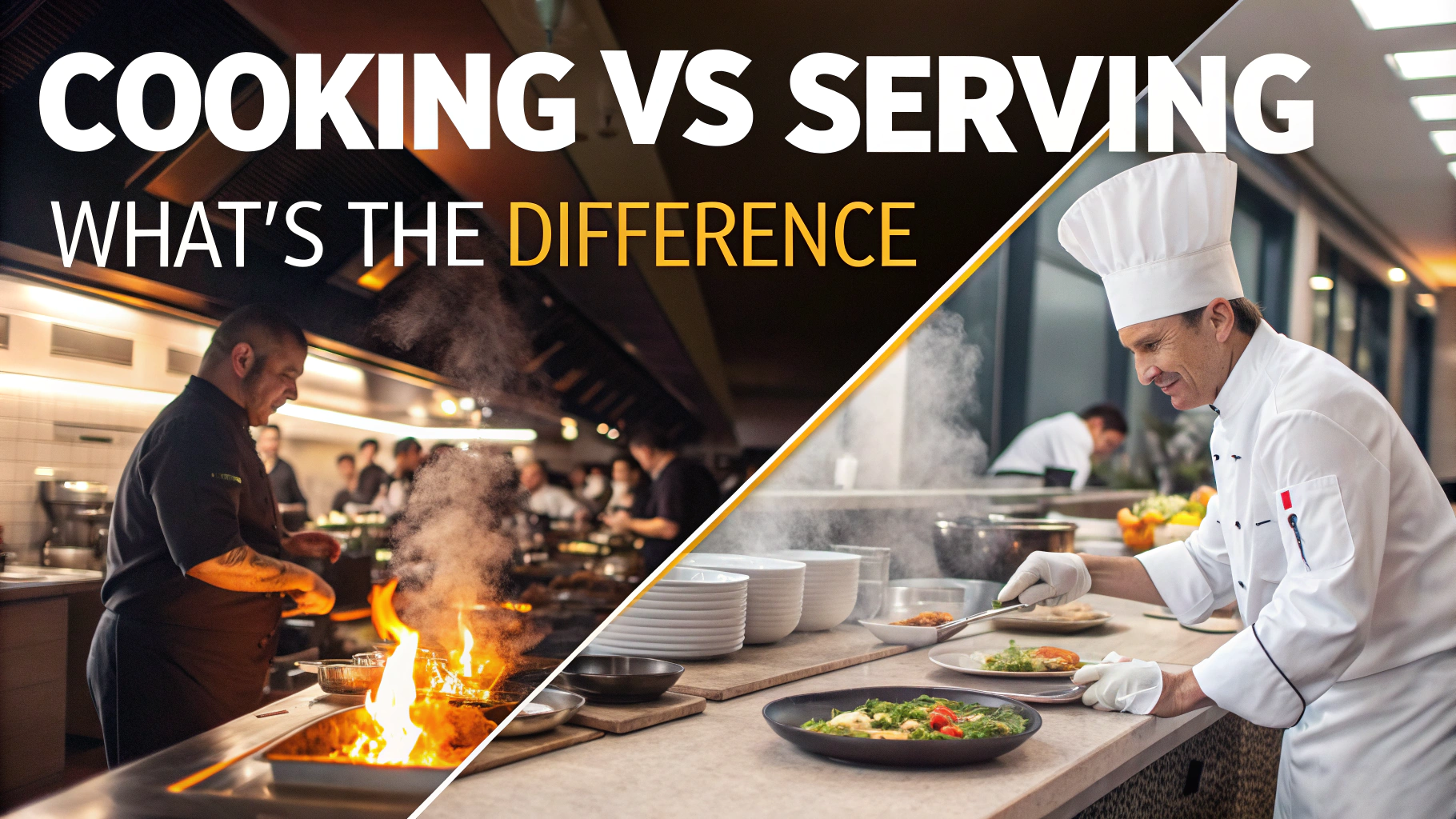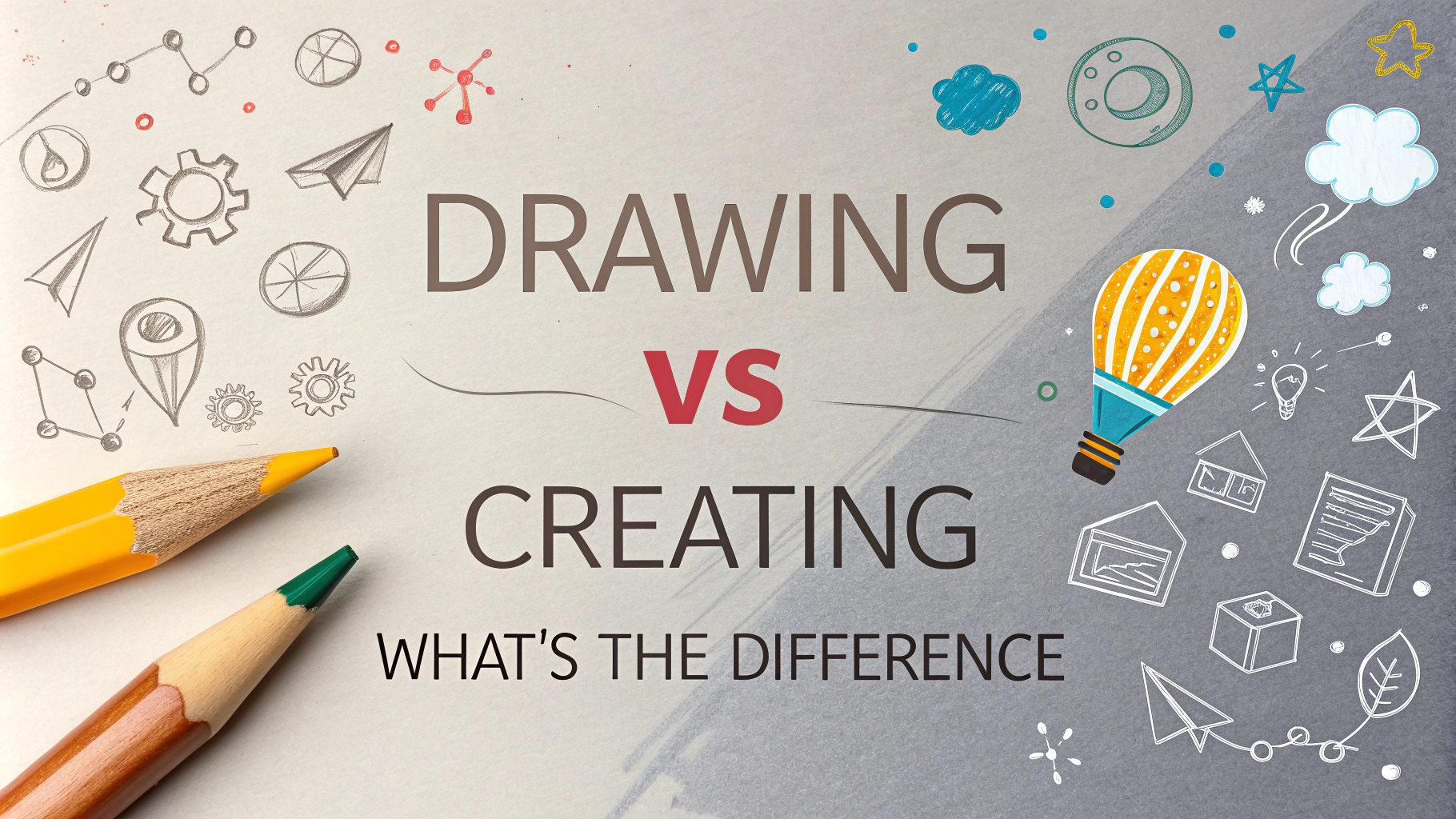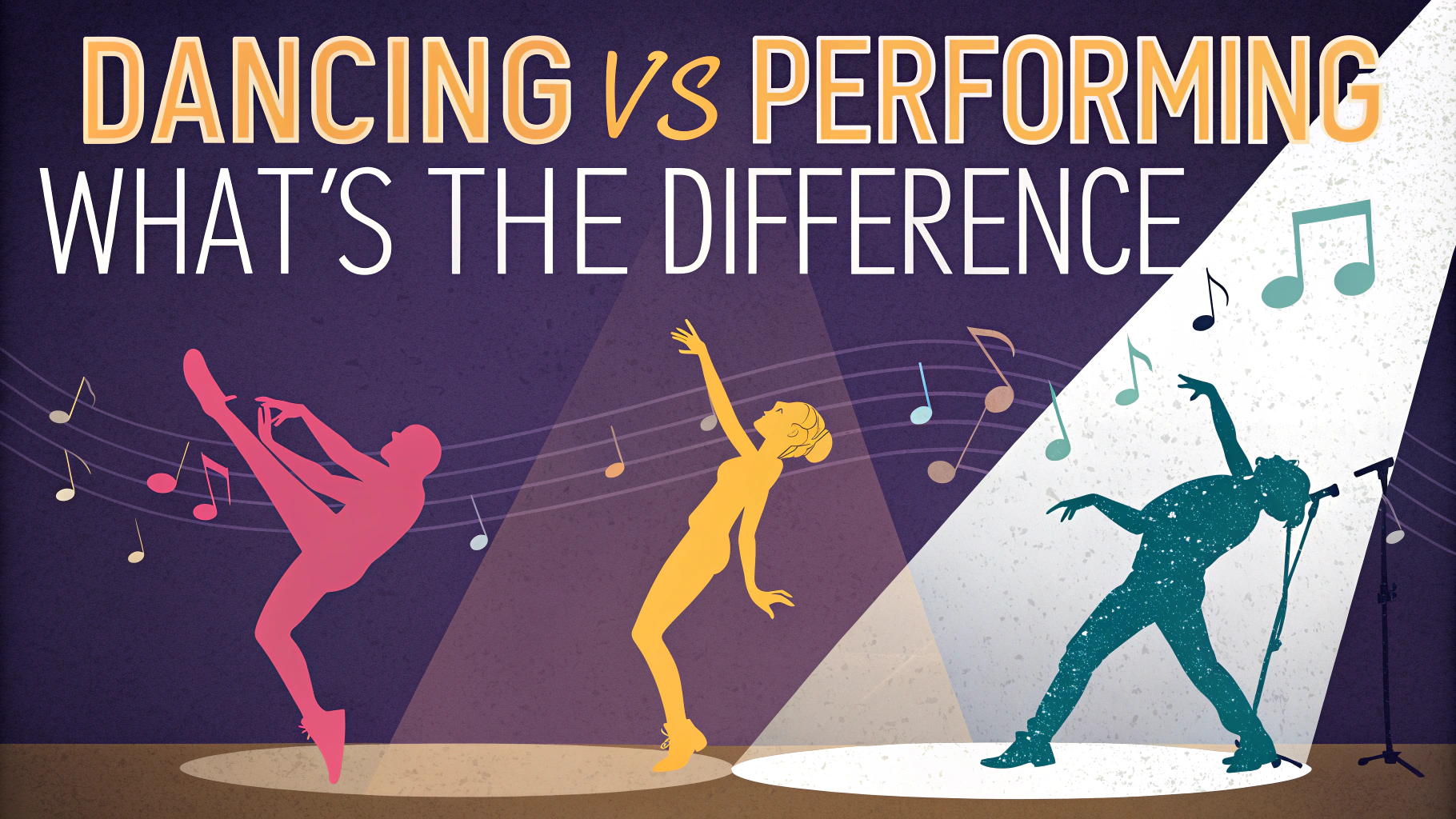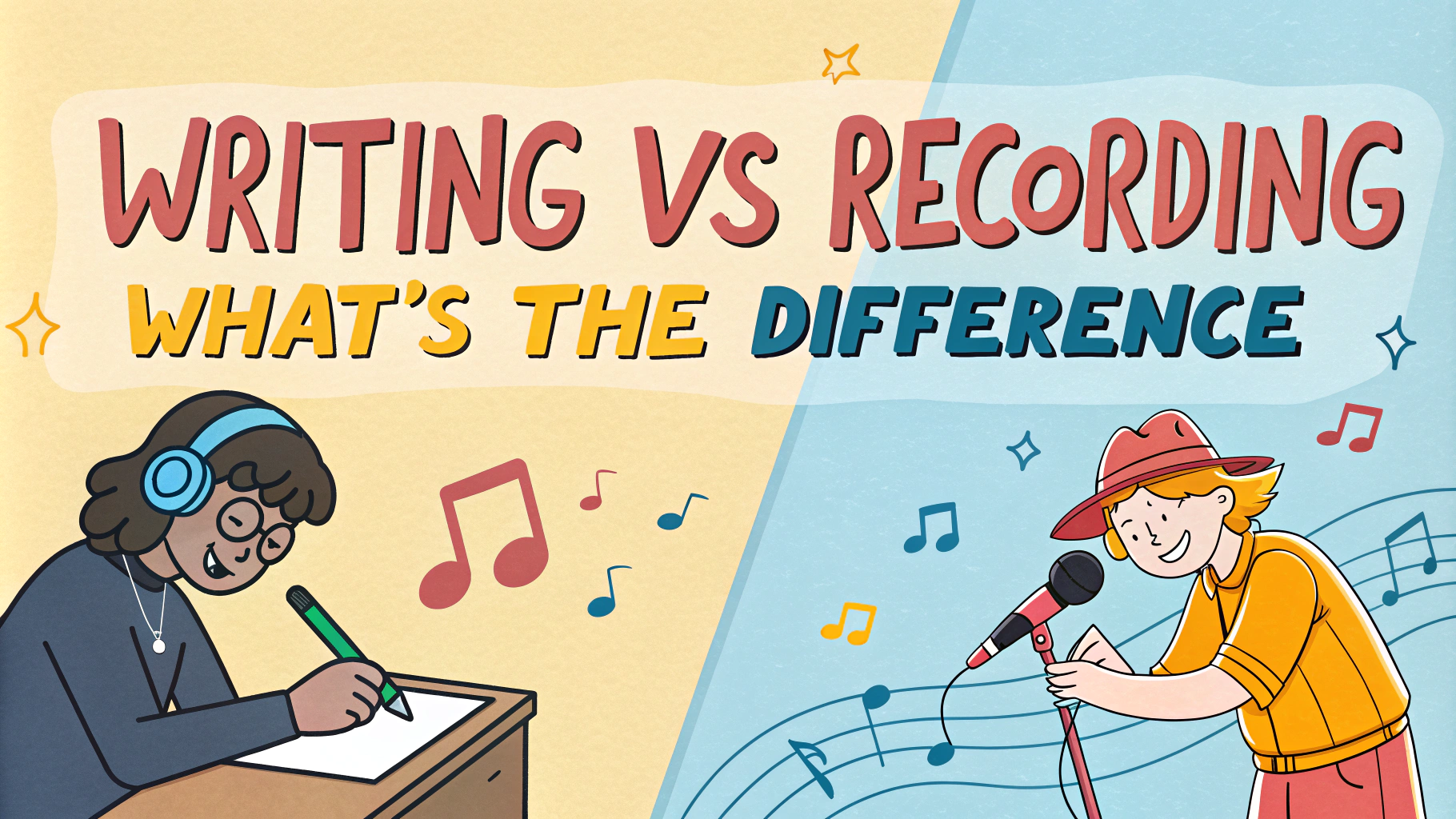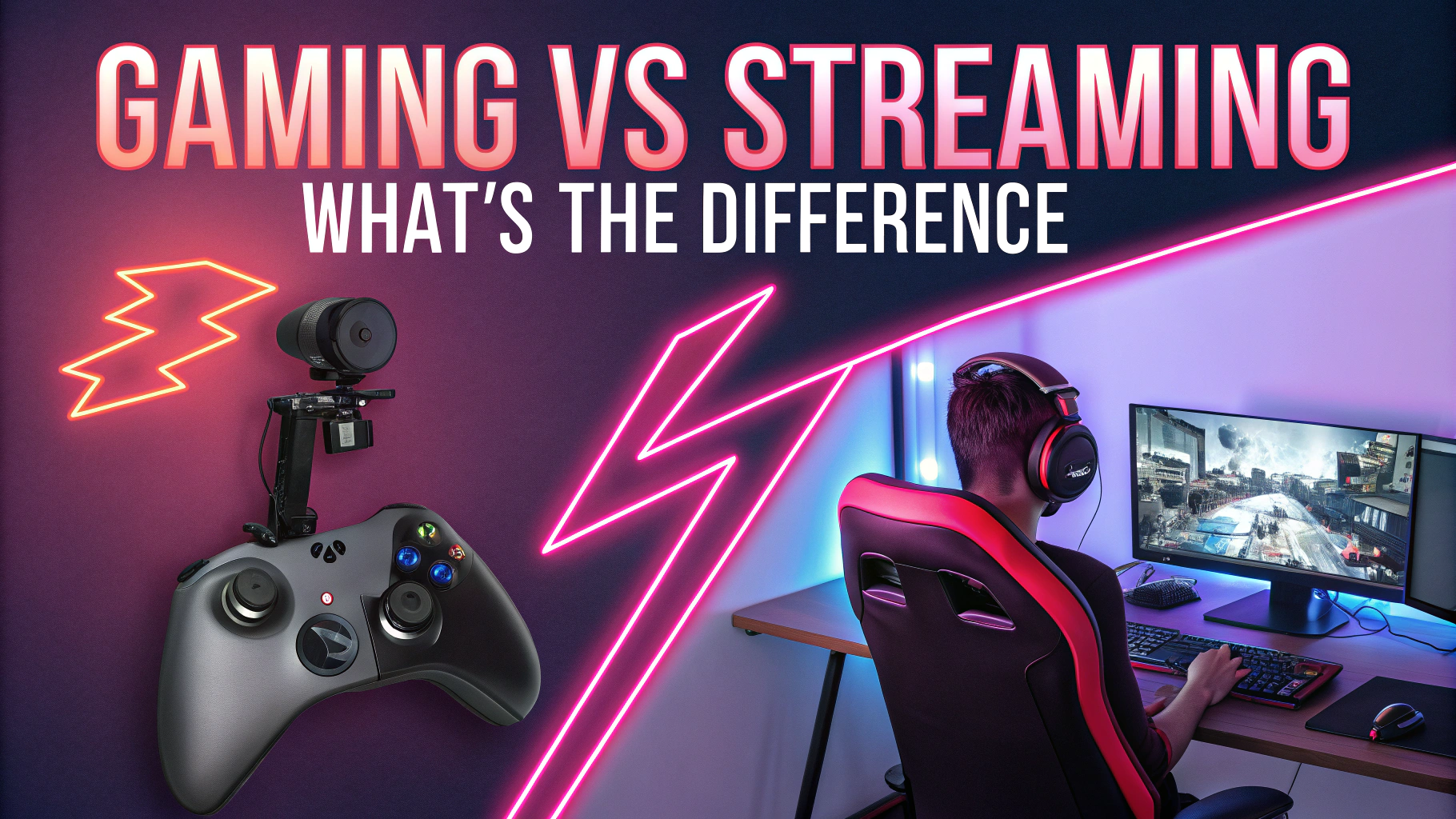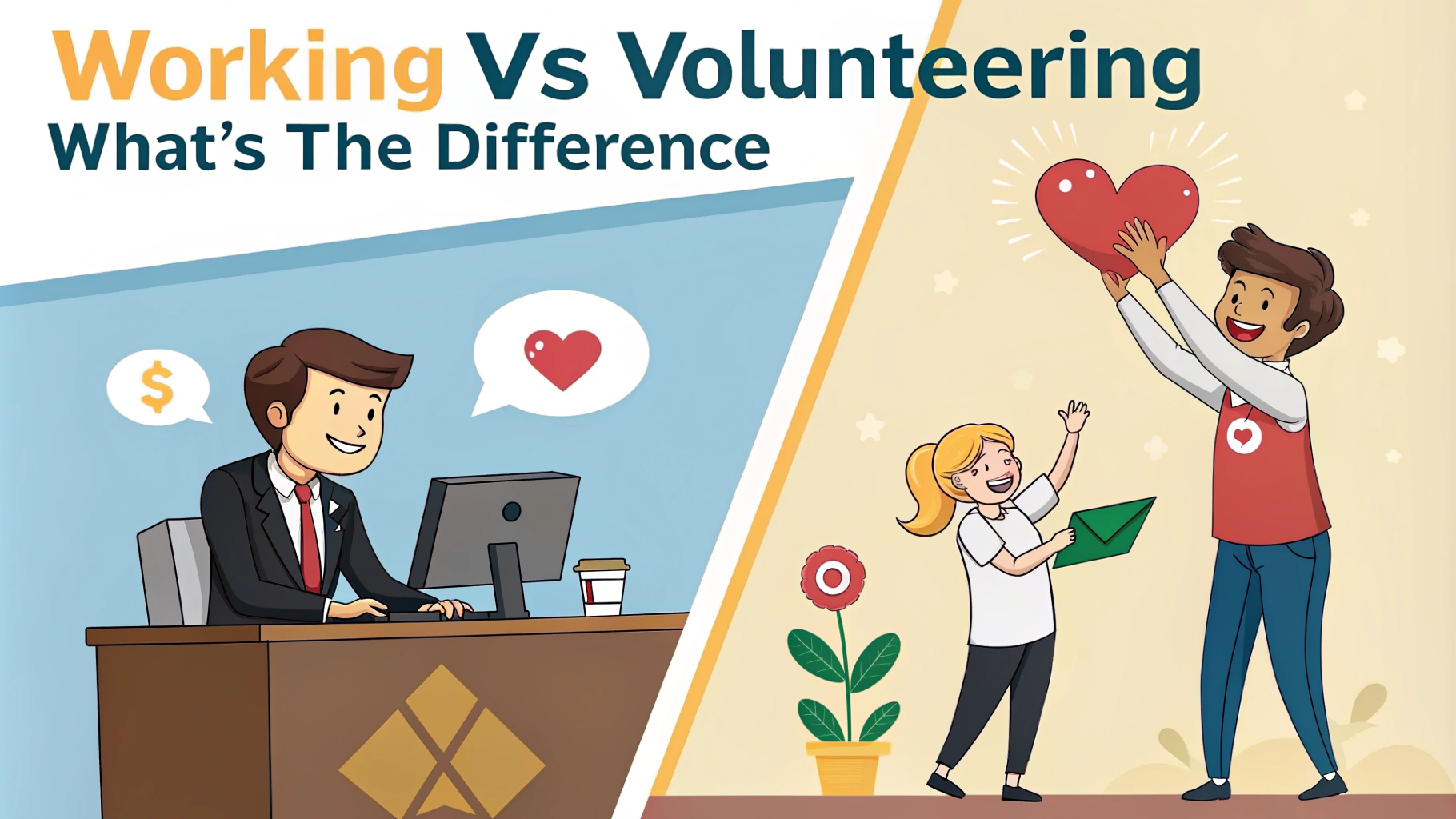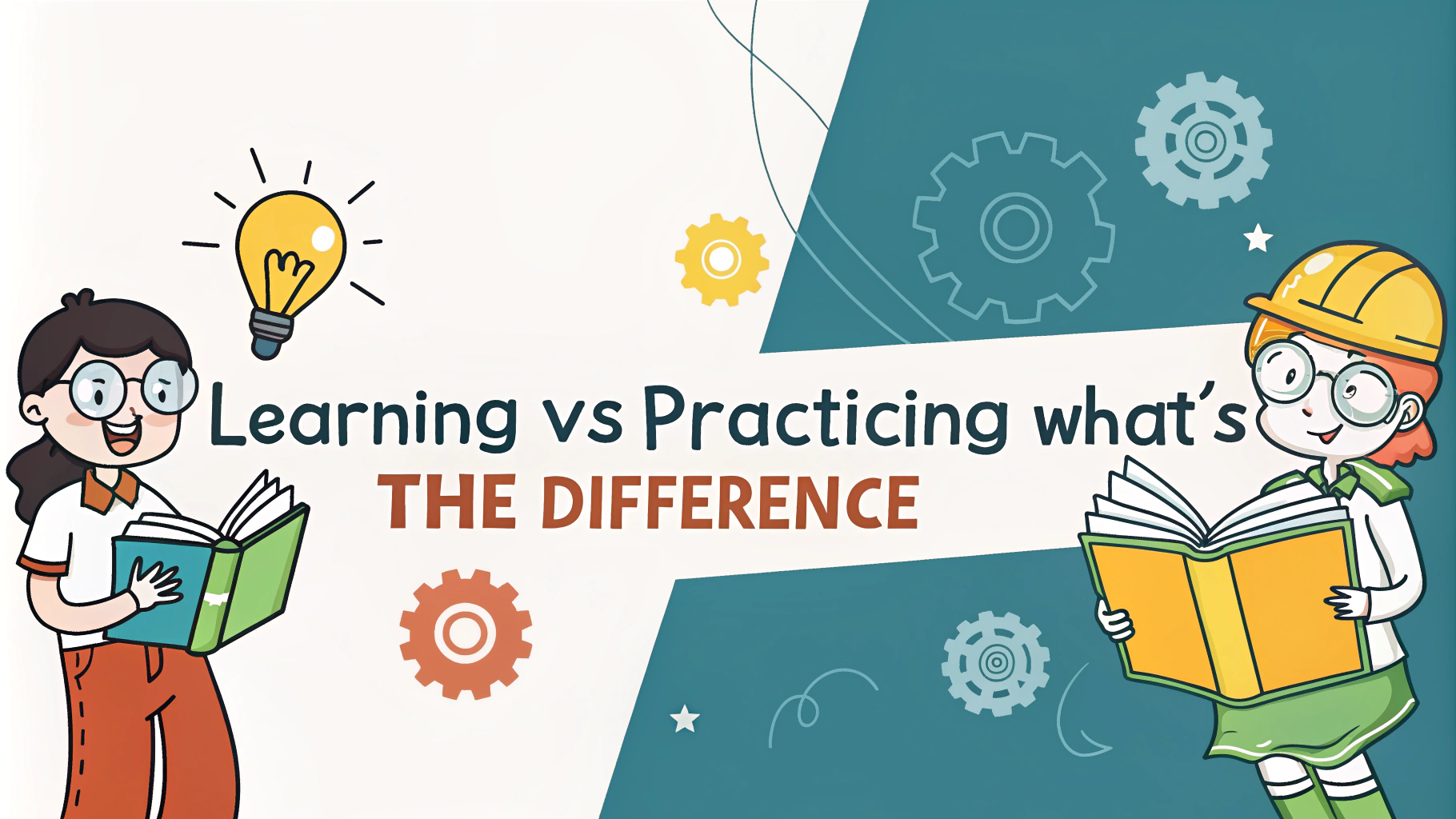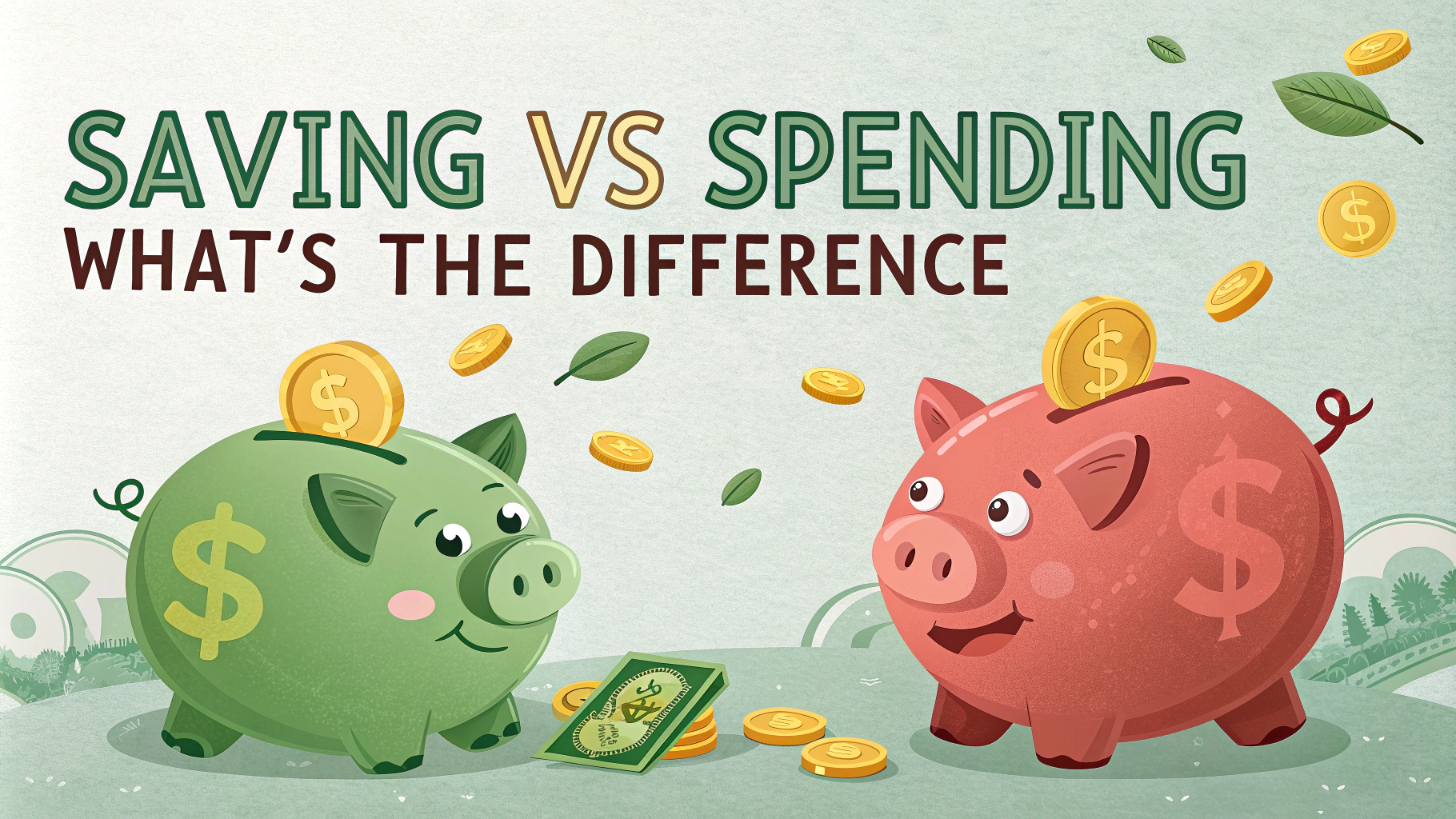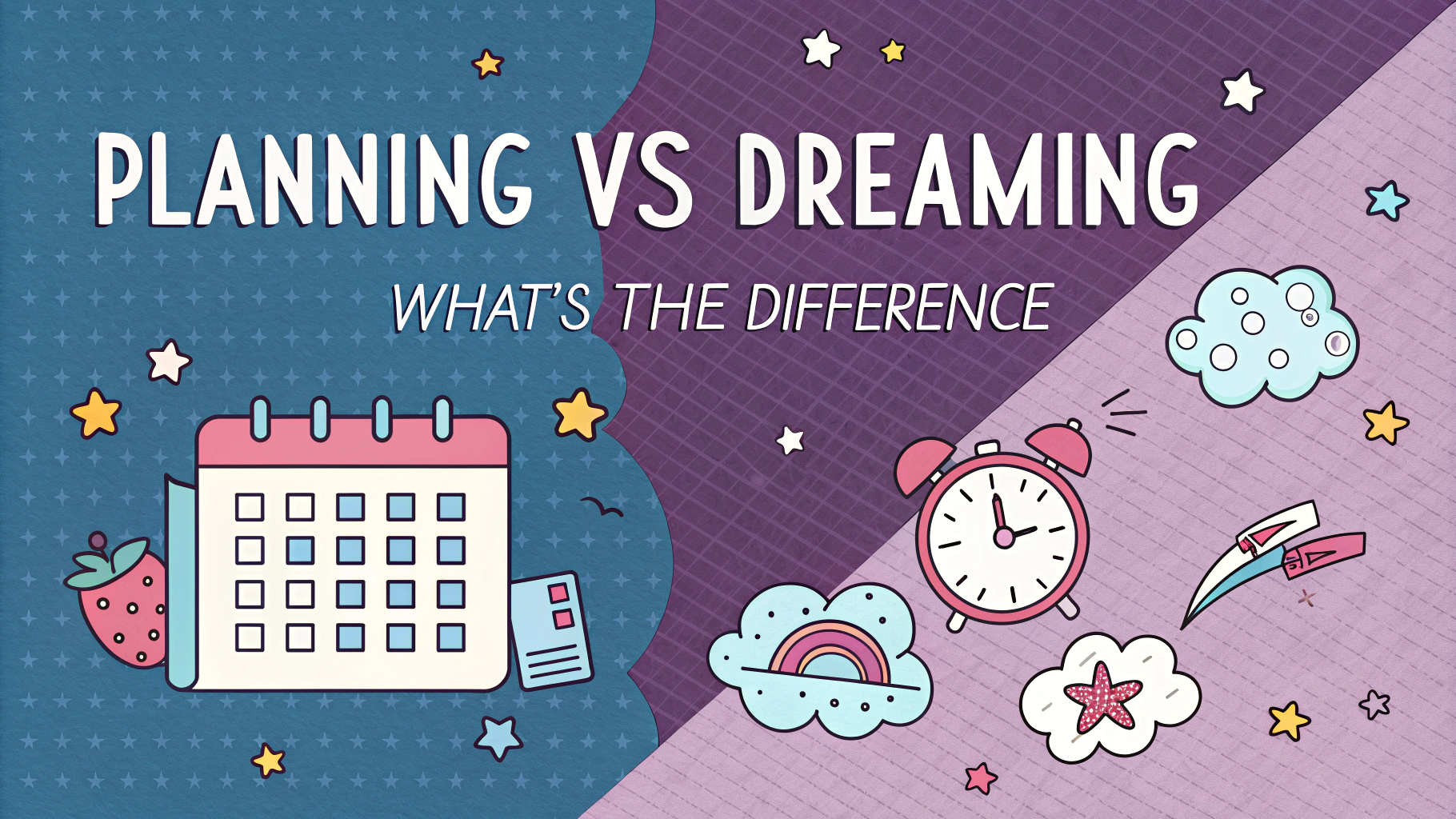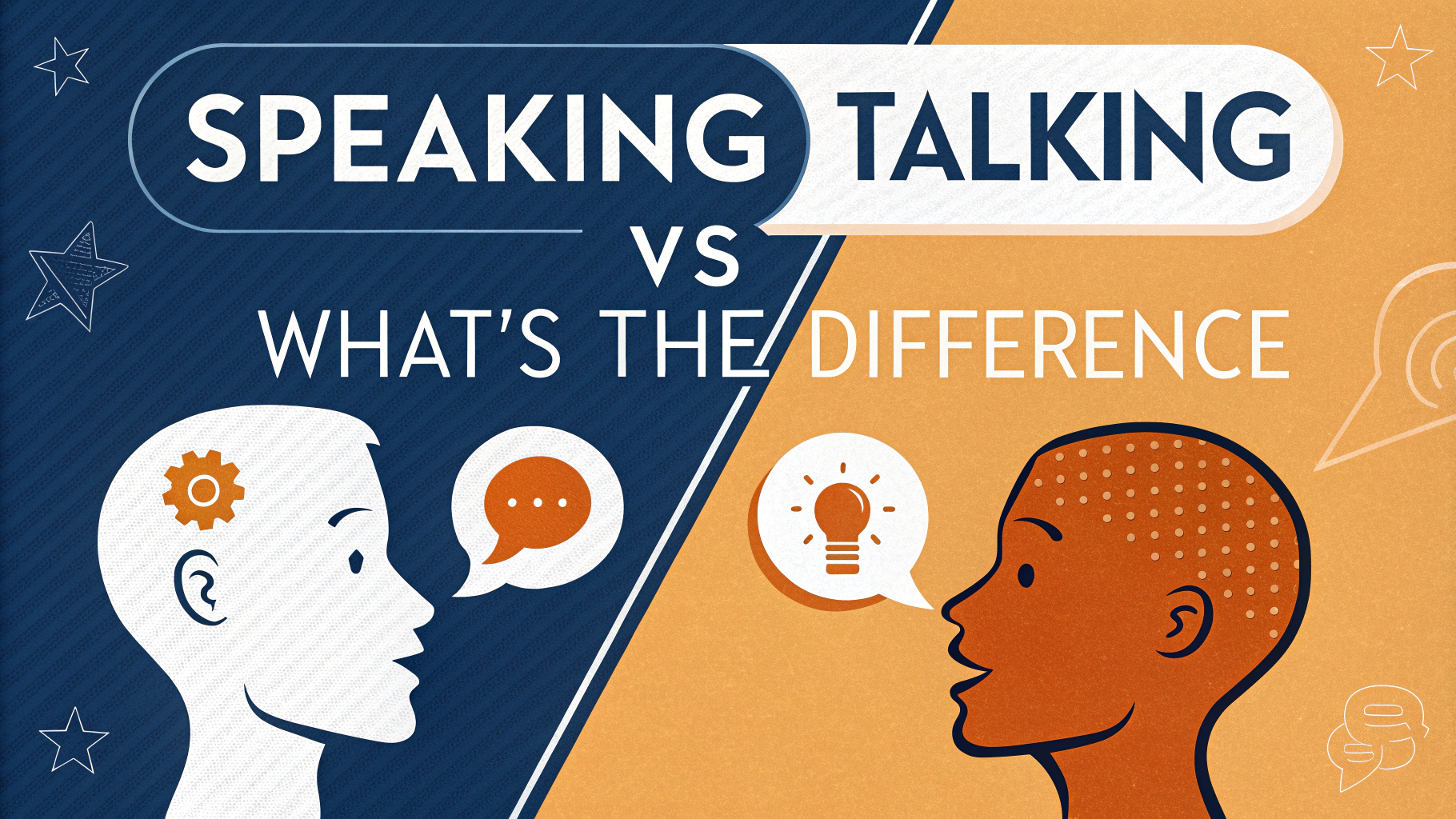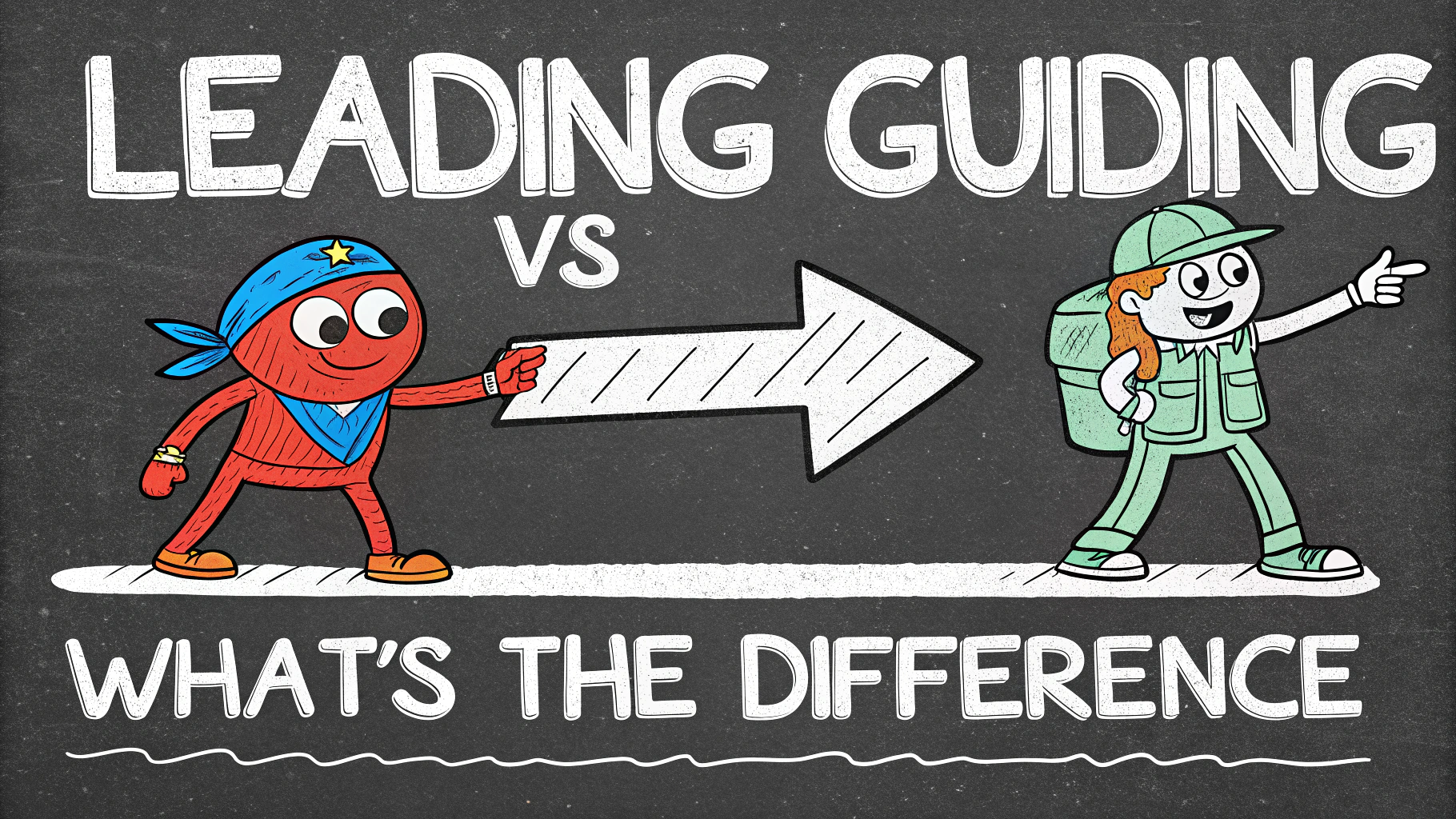Naruto, the beloved ninja anime, underwent a significant transformation from its original series to Shippuden. This shift marked a pivotal moment for fans, introducing darker themes, more complex characters, and higher-stakes battles.
This article explores the key differences between Naruto and Naruto Shippuden, highlighting the growth of characters, plot developments, and overall tone. We’ll examine how these changes impacted the series’ popularity and its place in anime history.
Character Development and Growth
One of the most striking differences between Naruto and Naruto Shippuden is the character development. In the original series, we meet young, inexperienced ninjas with big dreams. Shippuden shows these characters as more mature and skilled individuals.
Key points of character growth:
- Naruto’s transformation from an outcast to a respected ninja
- Sasuke’s descent into darkness and complex motivations
- Sakura’s increased strength and medical expertise
- Introduction of new characters with compelling backstories
Escalation of Plot and Conflicts
Naruto Shippuden significantly raises the stakes compared to the original series. The plot becomes more intricate, with far-reaching consequences for the ninja world.
Major plot developments in Shippuden:
- The threat of the Akatsuki organization
- Exploration of the Tailed Beasts and their impact
- Deeper dive into ninja politics and village relationships
- Revelations about the history of the ninja world
Shift in Tone and Themes
The transition to Shippuden brings a notable change in tone. While the original Naruto had its serious moments, Shippuden embraces darker themes and more mature content.
Tonal shifts in Shippuden:
- More frequent and intense battles
- Exploration of moral ambiguity and complex motivations
- Deeper examination of loss, sacrifice, and redemption
- Increased focus on the consequences of war and violence
Enhancing Visual Storytelling in Shippuden
Naruto Shippuden takes the visual elements to new heights, creating a more immersive and dynamic viewing experience. The animation quality improves significantly, with fluid fight scenes and detailed character designs.
- More elaborate jutsu animations
- Enhanced environmental designs
- Improved facial expressions conveying complex emotions
- Darker color palette reflecting the series’ mature tone
These visual upgrades contribute to the overall impact of key moments, making battles more thrilling and emotional scenes more powerful.
Expanding the Naruto Universe
Shippuden broadens the scope of the Naruto world, introducing new locations, cultures, and ninja techniques. This expansion adds depth to the series and provides fresh storytelling opportunities.
- Exploration of other hidden villages and their unique customs
- Introduction of diverse ninja clans and their special abilities
- Deeper dive into the history of chakra and its origins
- Expanded lore surrounding legendary ninjas and past conflicts
By fleshing out the universe, Shippuden creates a richer, more engaging narrative that keeps viewers invested in the long-running series.
Impact on the Anime Industry
Naruto Shippuden’s success has left a lasting mark on the anime industry. Its popularity paved the way for other long-running shonen series and influenced storytelling techniques in subsequent anime.
- Set new standards for long-form storytelling in anime
- Inspired a wave of ninja-themed anime and manga
- Demonstrated the potential for character growth in long-running series
- Showcased the importance of world-building in creating engaging narratives
The series’ impact extends beyond its runtime, shaping the direction of future anime productions and fan expectations.
Conclusion: The Legacy of Naruto’s Evolution
The transition from Naruto to Naruto Shippuden marks a significant evolution in storytelling, character development, and visual presentation. This transformation elevated the series from a popular shounen anime to a cultural phenomenon.
Key takeaways from Naruto’s evolution:
- Maturation of themes and characters resonated with growing audience
- Enhanced animation and storytelling set new industry standards
- Expanded universe created a rich, immersive experience for fans
- Lasting impact on anime industry and pop culture
Naruto’s journey from its original series to Shippuden showcases the potential for growth and adaptation in long-running anime. It remains a testament to the power of evolving storytelling and the enduring appeal of well-crafted characters and worlds.
FAQs about Naruto vs. Naruto Shippuden
1. What’s the main difference between Naruto and Naruto Shippuden?
The main difference is the time skip. Naruto Shippuden takes place 2.5 years after the original series, featuring older and more mature characters with advanced ninja skills.
2. Is Naruto Shippuden a sequel to Naruto?
Yes, Naruto Shippuden is the direct sequel to the original Naruto series, continuing the storyline with more complex plot elements and character development.
3. Which series has more episodes, Naruto or Naruto Shippuden?
Naruto Shippuden has more episodes:
- Naruto: 220 episodes
- Naruto Shippuden: 500 episodes
4. How does Naruto’s appearance change in Shippuden?
In Shippuden, Naruto:
- Grows taller
- Wears a new black and orange outfit
- Has a slightly more mature facial structure
5. Are there new jutsu techniques introduced in Naruto Shippuden?
Yes, Naruto Shippuden introduces several new jutsu techniques, including:
- Rasenshuriken
- Sage Mode
- Various Mangekyo Sharingan abilities
6. How does the animation quality compare between Naruto and Naruto Shippuden?
Naruto Shippuden generally has improved animation quality compared to the original series, with more fluid fight scenes and detailed character designs.
7. Which series is more suitable for younger viewers?
The original Naruto series is more suitable for younger viewers, as Naruto Shippuden features more mature themes and intense violence.
8. How does the storyline complexity differ between Naruto and Naruto Shippuden?
Naruto Shippuden has a more complex storyline, involving:
- Deeper exploration of character backgrounds
- More intricate political plots
- Advanced ninja world lore
9. Are there any significant changes in the main antagonists between the two series?
Yes, Naruto Shippuden introduces more powerful and complex antagonists, such as:
- The Akatsuki organization
- Madara Uchiha
- Kaguya Otsutsuki
10. How does Naruto’s relationship with Sasuke evolve in Shippuden?
In Shippuden, Naruto and Sasuke’s relationship becomes more complex and antagonistic, with Sasuke becoming a primary antagonist for much of the series before their eventual reconciliation.
11. What new characters are introduced in Naruto Shippuden?
Naruto Shippuden introduces several new characters, including:
- Sai
- Yamato
- Members of the Akatsuki
- Various Kage from other villages
12. How does the pacing differ between Naruto and Naruto Shippuden?
Naruto Shippuden generally has a faster pace with more intense action sequences and less filler content compared to the original series.
13. Are the openings and endings different in style between Naruto and Naruto Shippuden?
Yes, Naruto Shippuden’s openings and endings often feature more mature themes and complex visuals, reflecting the series’ overall tone shift.
14. How do the power levels of characters compare between Naruto and Naruto Shippuden?
Character power levels in Naruto Shippuden are significantly higher, with:
- More advanced jutsu
- Stronger summons
- God-like abilities in later arcs
15. Which series has more emotional impact, Naruto or Naruto Shippuden?
While both series have emotional moments, Naruto Shippuden generally has a greater emotional impact due to its more mature themes, character deaths, and exploration of complex relationships.

